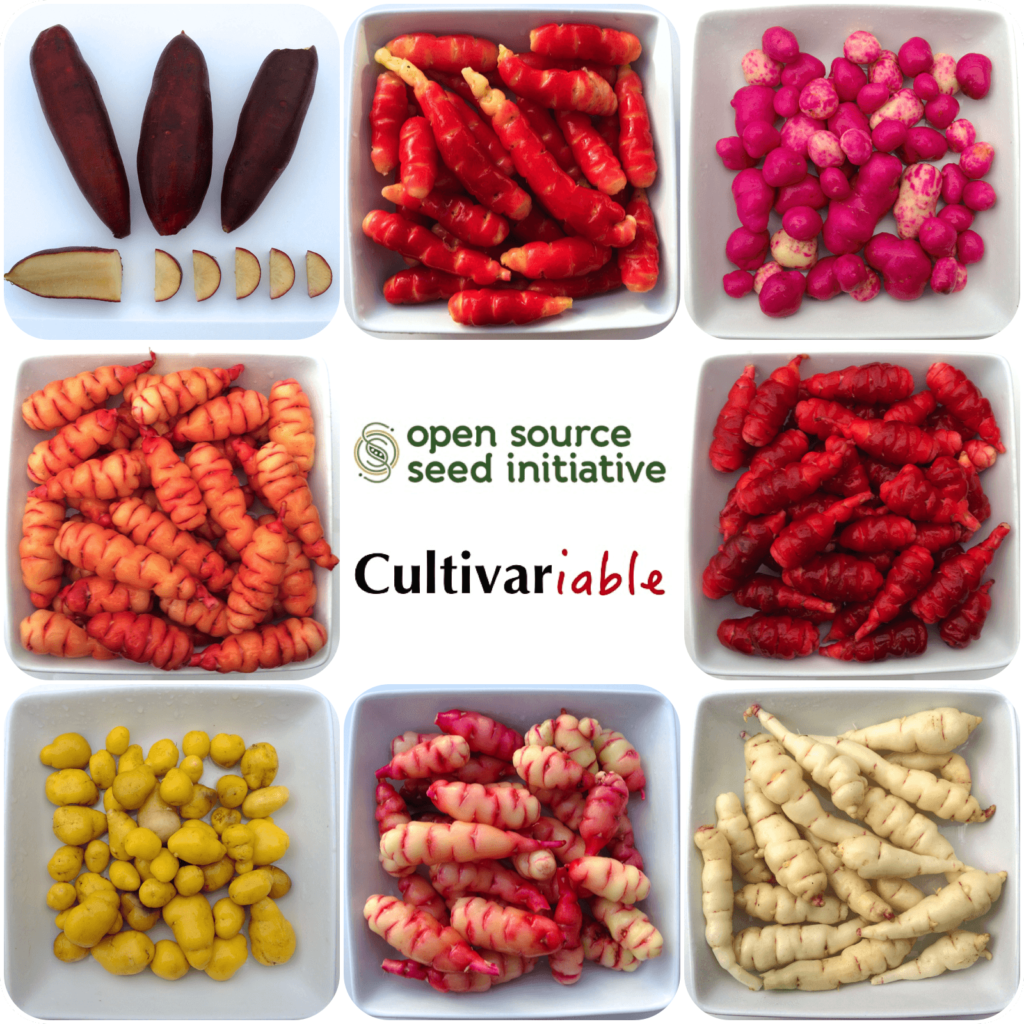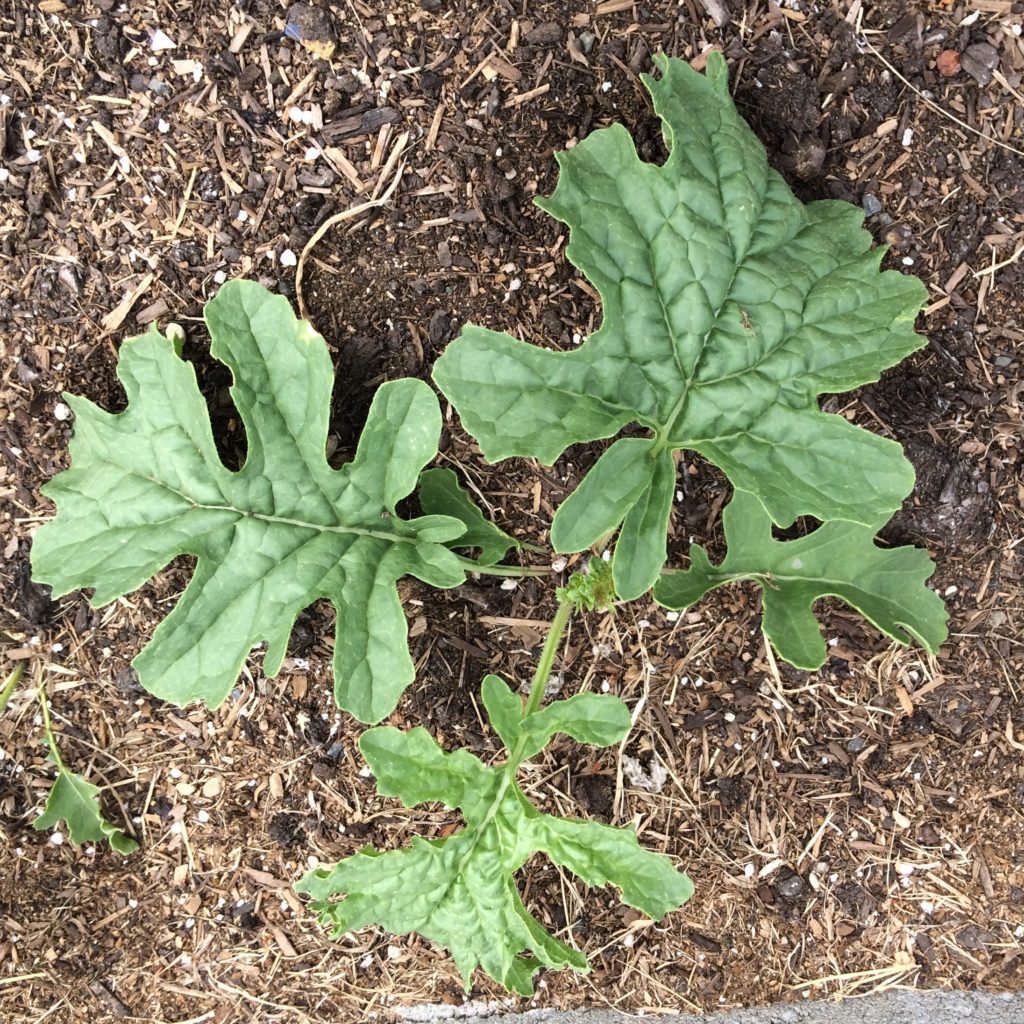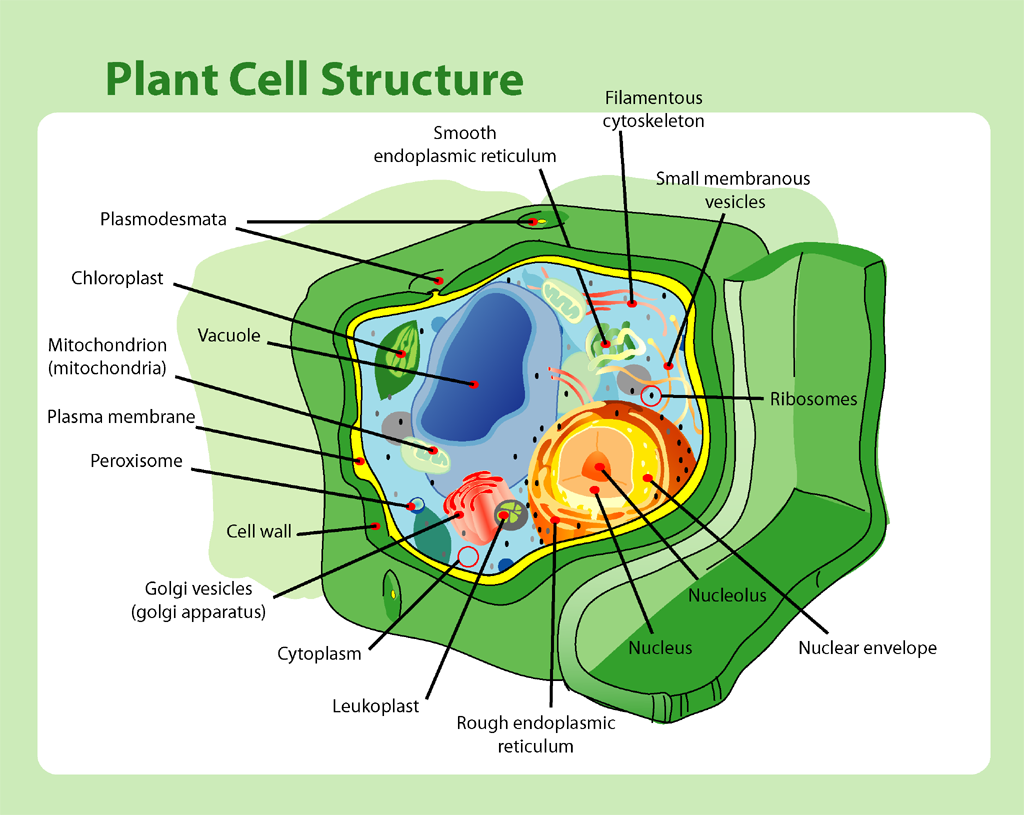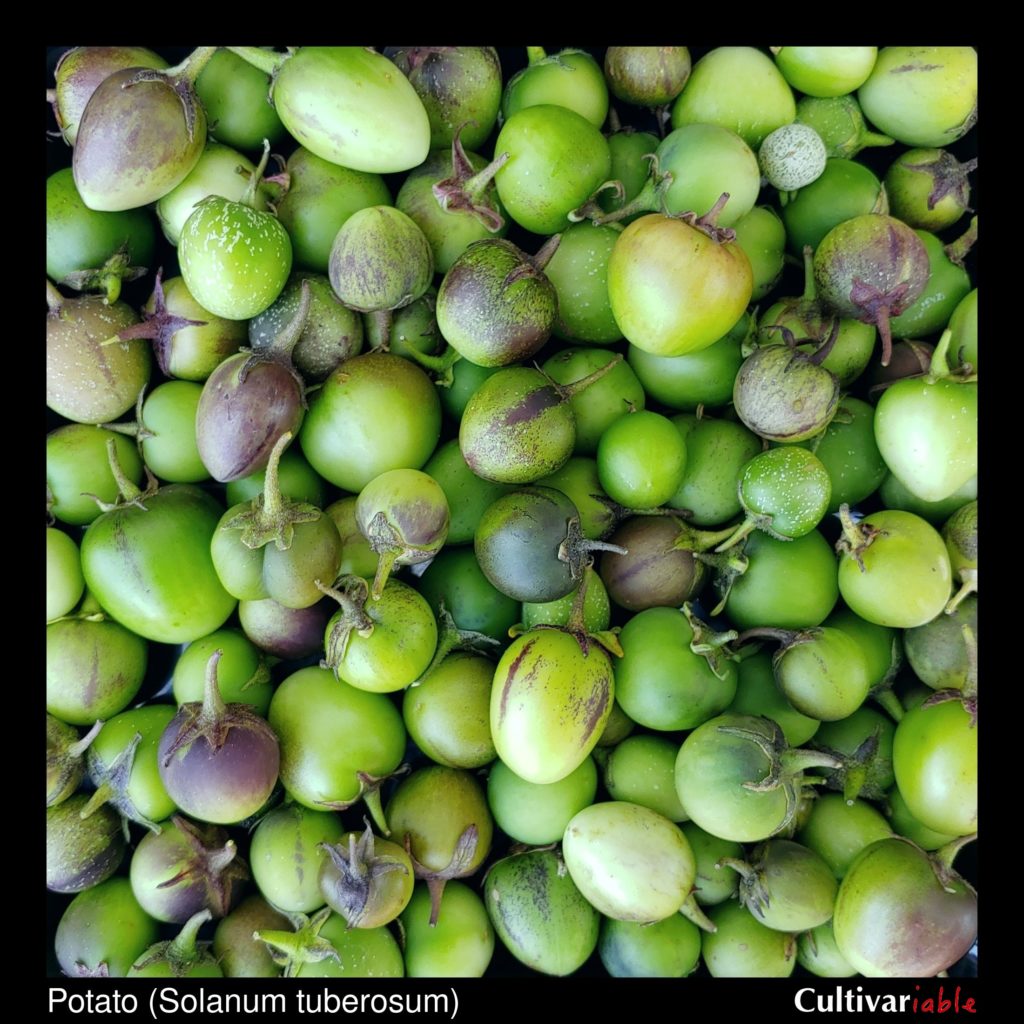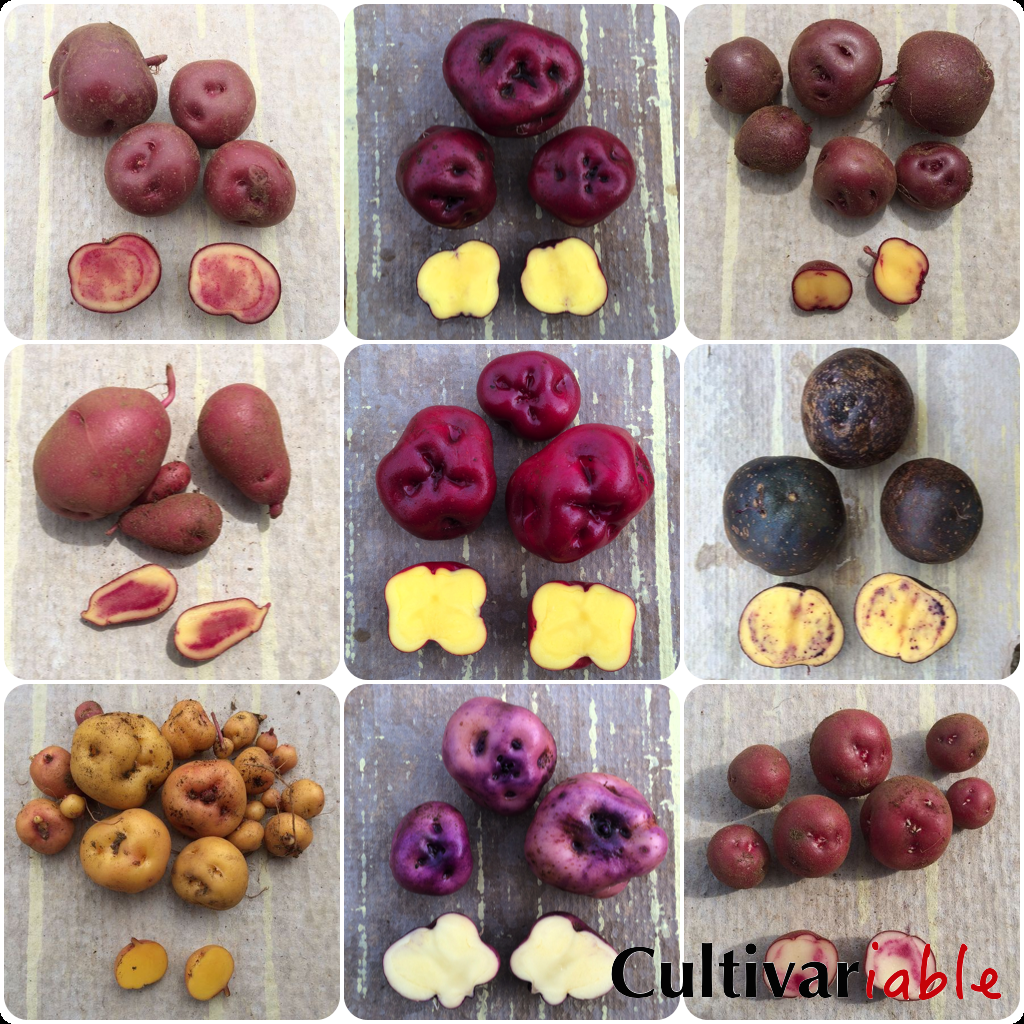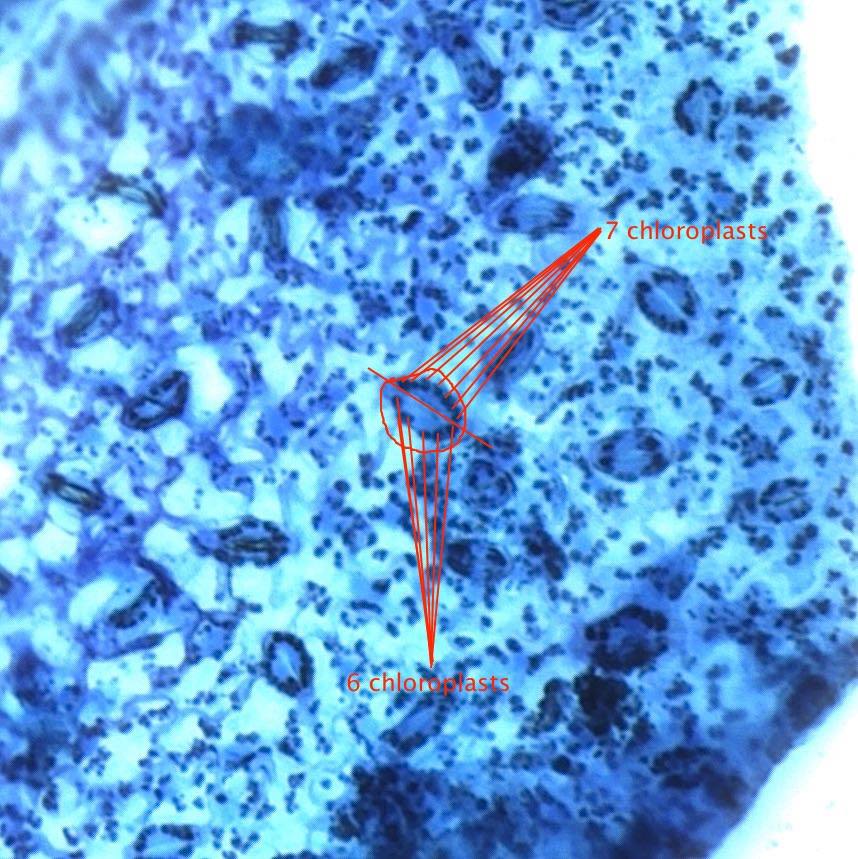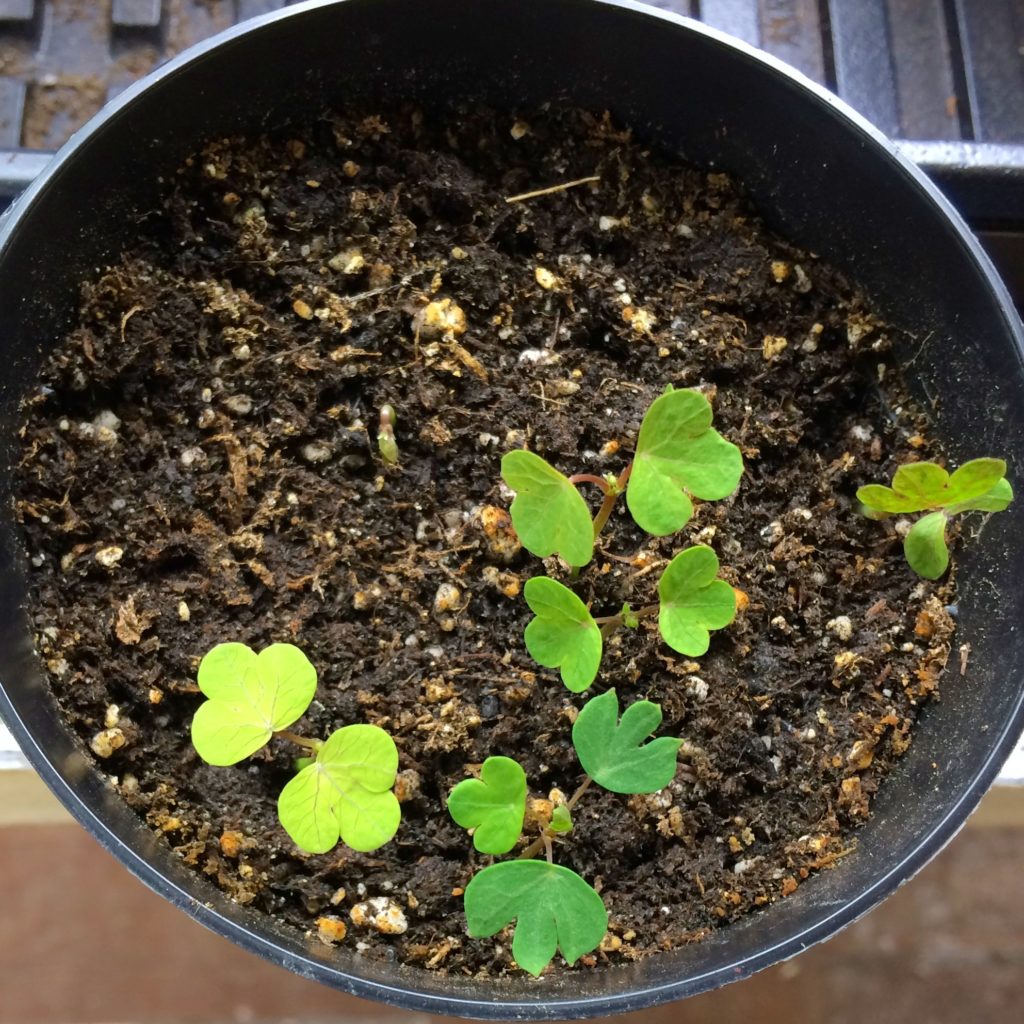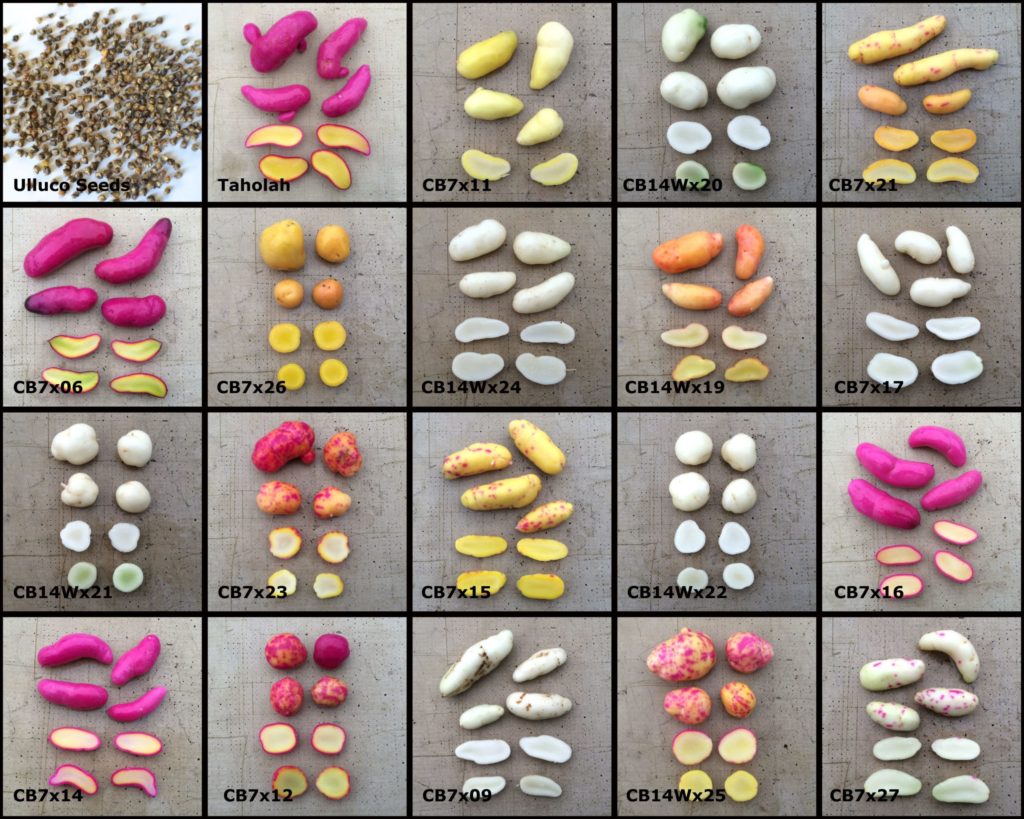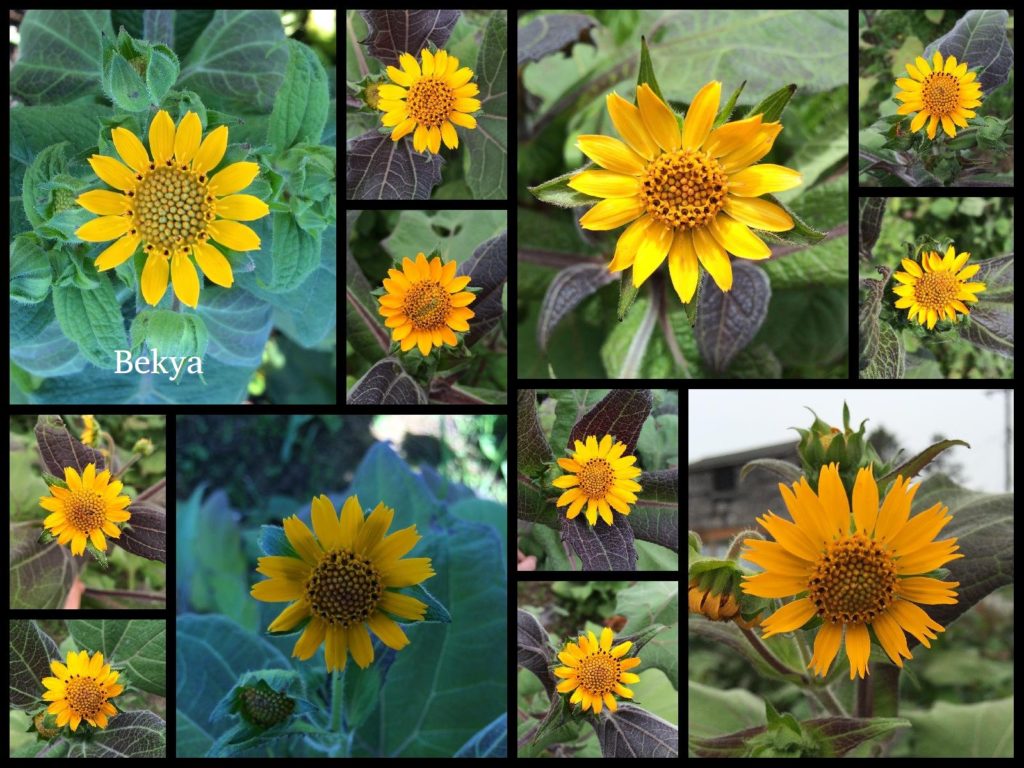I breed 16 species seriously, meaning that I am actually able to make progress and either already have or anticipate eventually releasing new varieties. I work with another 21 species either prospectively, meaning that I would like to breed them but haven’t managed to get them to reproduce sexually, or on too small a scale […]
Category Archives: Blog
I have been working with Tartar Bread Plant (Crambe tataria) for a few years. In my opinion, it has great potential as a sort of perennial mustard green. I think perennial leaf crops are highly desirable; they often provide an earlier harvest than seed grown crops and can be a substantial labor savings. Not much […]
If it has been a long time since high school biology and you are rusty on the concept of cytoplasm, you can be forgiven. It’s not something that most of us think about very often, but it is important to potato breeding, so let’s review. Cytoplasm is everything that is inside a cell but outside […]
Overview Potato plants sometimes flower and then form berries. Potato berries form only in favorable weather and with sufficient pollination. Potato berries contain seeds that you can grow. The berries are toxic and should not be eaten. There is not usually any reason to remove the berries from the plant. Seeds from berries that fall […]
A Summary of Potato Color Genetics Introduction Genes Controlling Color Pigments Purple and Red Yellow and Orange Color Distribution Flower Color Foliage Color Russeting Known Genotypes Introduction For many crops, you don’t have to search very far to find a nice summary chart of the major genes involved in economically important […]
This page is out of date, although I still find it useful for looking up synonyms and abbreviations. For more detailed information about wild potato species, see our wild potato guide. This is one of those posts that is as much for my reference as anyone else’s. Surprisingly, it is hard to find a simple […]
Introduction How Seeds are Formed Domesticated and Wild Potatoes Ploidy Monoploid and Haploid Numbers Haploids Interactions of Ploidy in Crosses Unreduced (2n) Gametes Endosperm Ratio Endosperm Balance Number The Potato Gene Pool Triploid Domesticated Potatoes The Genetics of EBN Manipulating Ploidy A Final Note on Probability Determining Ploidy Morphological Evalutation Guard Cell Counts Chromosome Counts […]
In theory, mashua is easier to breed than many of the other Andean roots and tubers. It has no incompatibility mechanisms, it self-pollinates easily, and most varieties flower abundantly and set lots of seed in a sufficiently long growing season. The flowers are large and easy to emasculate in order to make crosses. The only […]
Unveiling new ulluco varieties is starting to become a little routine. Oh well, there is really no rut that I would rather be stuck in. I reached a peak of 44 ulluco seedlings this year. 25 of them died, were culled due to obvious disease, or failed to set any tubers. 19 survived to the […]
If you have been following the blog, you know that we were lucky enough to get more than 130 yacon seedlings this year, from seed collected from four varieties last year. Very few people have grown yacon from seed, so we didn’t really know what to expect and we still won’t be able to get […]

